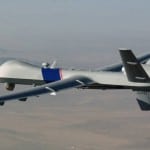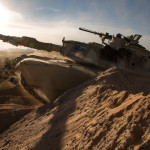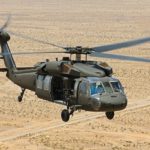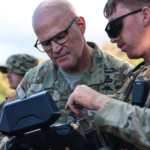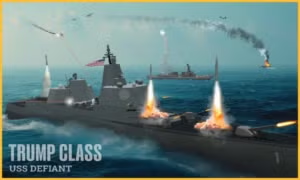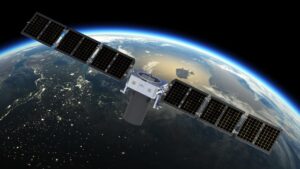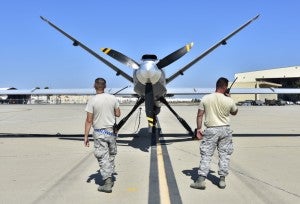
Amidst heavy smoke, “fire tornadoes,” and combat-zone like conditions, the California Army National Guard (CANG) is relying on the MQ-9 Reaper unmanned aerial vehicle to relay critical video and thermal imaging data to fight back against the largest fire in the state’s history. Maj. Gen. Matthew Beevers, the CANG’s deputy adjutant general, told reporters Wednesday the General Atomics-built MQ-9 is helping the National Guard and its California Department of Forestry and Fire Protection partners establish fire lines needed to more…

 By
By 